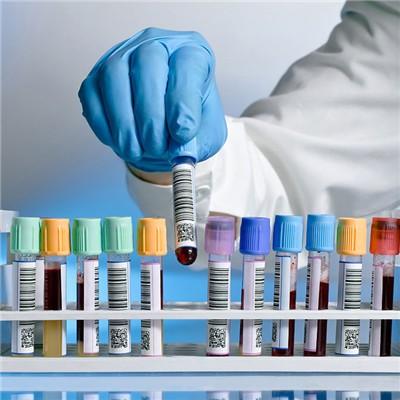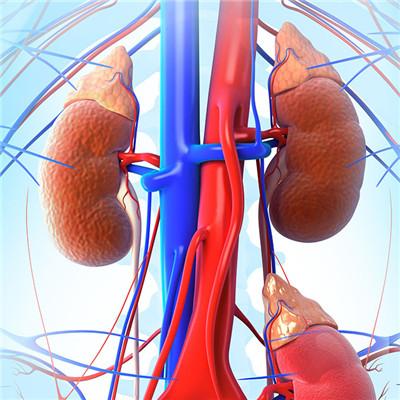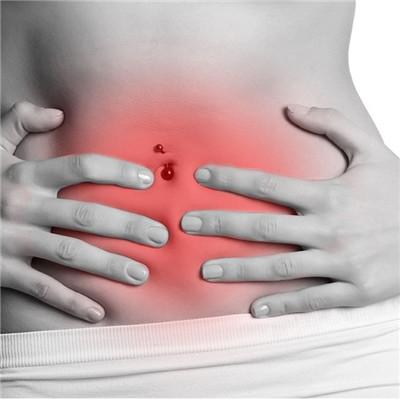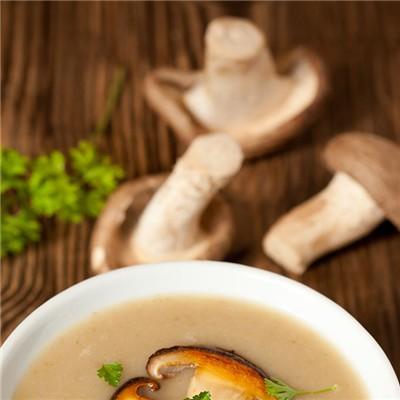Symptoms of radicitis
summary
Radicitis refers to the general term of inflammatory and degenerative diseases of nerve roots caused by a variety of reasons. The lesions can invade the spinal nerve roots at any level of neck, chest, waist and sacral. Clinically, cervicothoracic nerve root and lumbosacral nerve are most often involved, causing shoulder and back pain and lumbocrural pain. Now let's talk about the symptoms of radicitis.
Symptoms of radicitis
First, there are many causes of radicitis. The causes of intradural and extradural radicitis are also different; Extramembranous radiculitis is often caused by local cold, damp (causing neurovascular spasm, ischemia, edema), muscle and transverse process trauma and inflammation. The lesions of intramembrane spinal radiculitis are often extensive, and most of them are bilateral; The lesions in the extramembranous segment were often limited, mostly unilateral.
Second: common symptoms: neuralgia, limb numbness, limb weakness, onset can be rapid or slow, often infection, poisoning, nutritional metabolism disorders, spinal diseases, paravertebral muscle trauma and inflammation, transverse process trauma and other medical history, in the range of the damaged nerve root after the root of radioactive numbness, pain, such as thoracic radicitis caused by intercostal neuralgia; Cervicothoracic radiculitis has pain from shoulder and neck to ulnar or (and) radial side of upper limb; Lumbosacral radiculitis is characterized by pain in the lumbosacral region to the medial or (and) lateral side of the lower extremities and feet. It is often induced or aggravated by cold, cough, defecation, etc. in the distribution area of the anterior roots of the affected nerve roots, there are different degrees of lower motor neuron paralysis: muscle weakness, muscle atrophy, decreased or disappeared tendon reflex, etc, For example, the symptoms of cervicothoracic radiculitis mostly occurred in the scapular band and upper limbs; Lumbosacral radiculitis symptoms are seen in the lower extremities. When the sacral nerve roots are seriously damaged, there are dystonic bladder and sexual dysfunction. When the lesion involves the arachnoid, it is called spinal meningeal radiculitis, just as when it involves the spinal cord, it is called spinal meningeal radiculitis. It can produce symptoms of spinal arachnoiditis, with symptoms and signs of primary etiology.
Third: can choose prednisone 30 mg or dexamethasone 1.5 mg, 1 / day. The course of treatment depends on the patient's condition, generally 3-4 weeks for a course of treatment. At the same time, B vitamins, coenzyme Q10, citicoline and other drugs were used to promote nerve repair and function improvement. Dibazol, galanthamine and potassium iodide can also be used to improve circulation and promote inflammatory absorption. Patients with obvious pain can be treated with amipramine or phenytoin sodium.
matters needing attention
Avoid spicy food; Such as raw garlic, ginger, pepper; 2. Avoid food rich in fat; Such as lard, fat, mutton; 3. Avoid eating food that is not easy to digest; Such as rice cake, zongzi, rice cake.
















